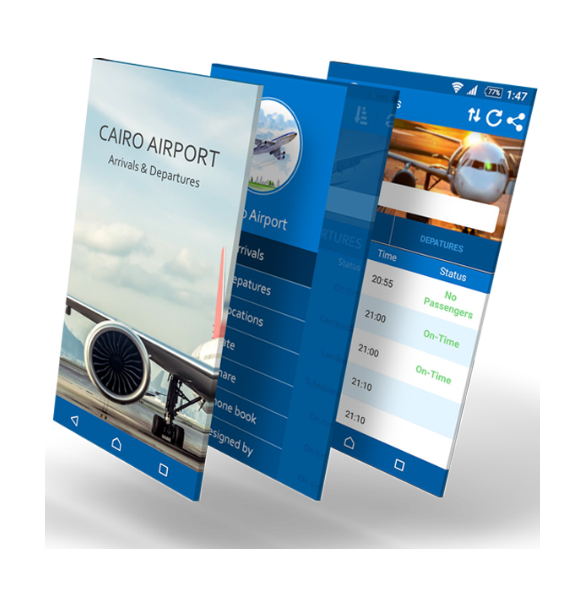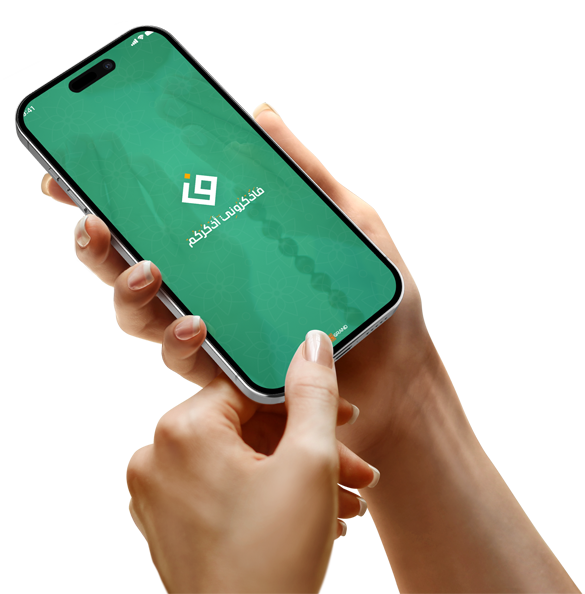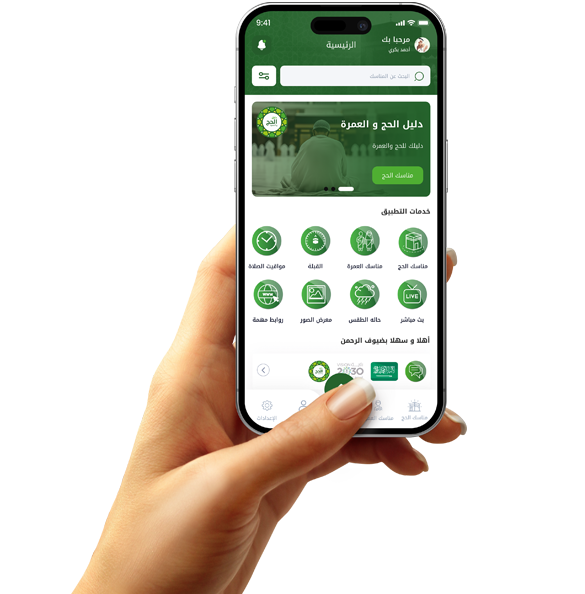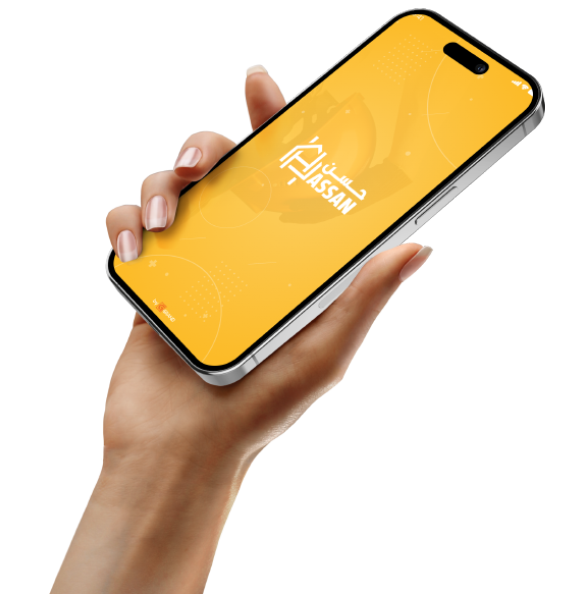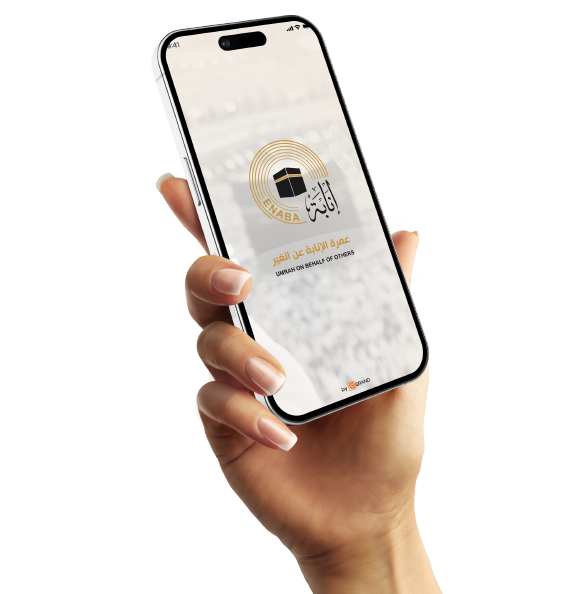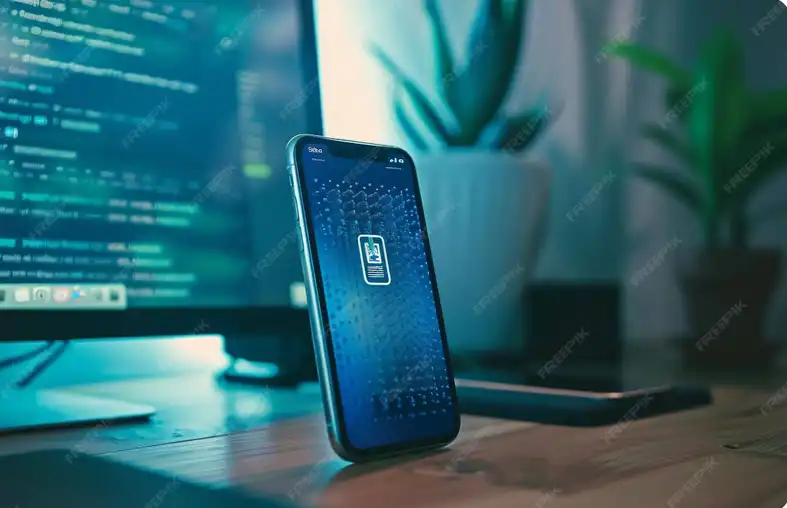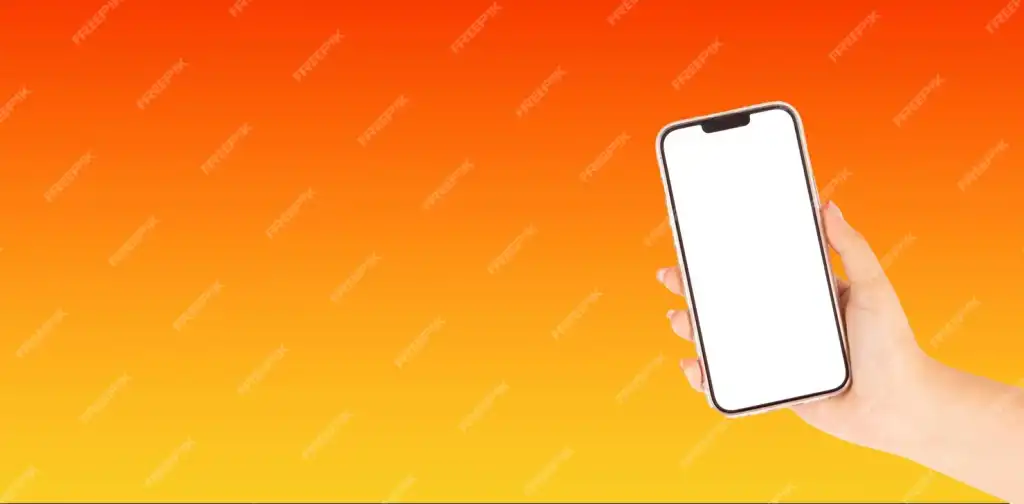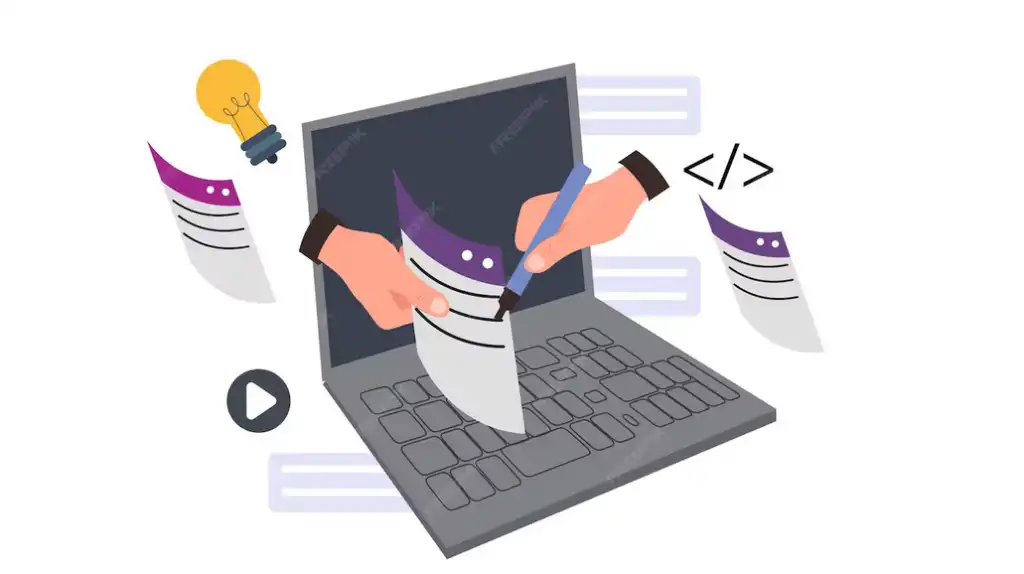Start your application as if you are writing the first page of your success.
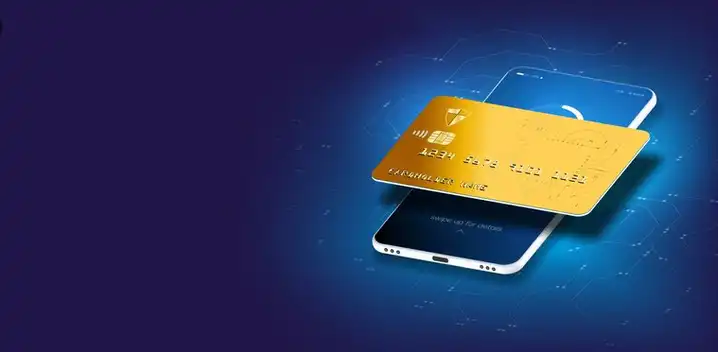
Success doesn't begin when your app achieves thousands of downloads.
It begins from the moment you plan your idea. It's like opening a new notebook and writing your first line. This line must be thoughtful, clear, and directed toward a real goal. Don't let the beginning of your app simply imitate existing apps; rather, make it the result of research and listening to market needs.
Think of your app as a tool to solve a problem, improve an experience, or save time. Will you provide a faster service? Will you offer a cheaper product? Or will you build a better communication method? This is the question you should start with. Because a strong, thoughtful idea, based on a reality and a real need, is the first paragraph of your success story.
Then comes the implementation, and here many rush things, falling into the trap of building a poorly designed or complex app. Don't make this mistake. Take your time choosing a development company that understands the market and recognizes the importance of small details. These details are what make the difference in the first impression and determine whether a user continues or leaves.
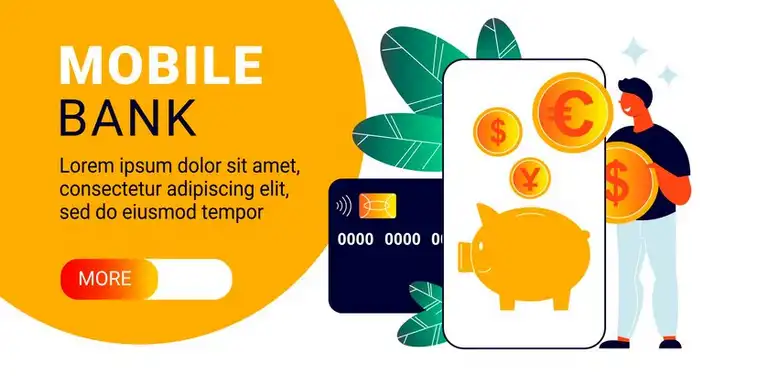
From a fleeting idea to a project built on success
Every successful app started with an idea, but not every idea turns into a successful app. The secret lies in how to transform an idea from a mere flash of hope into a clear plan, and then into a usable product that delivers results. So, don't just get carried away with enthusiasm. Ask yourself: Is this idea feasible? Is there someone waiting for it? Does the market really need it?
Some ideas are excellent in theory, but they don't stand up to market testing, either because they're too early or because they don't serve a clear segment. This is where research and analysis come in, the first practical step in writing a success story. Analyze competitors, monitor customer behavior, and learn from past experiences.
Then define the core of the idea. Don't try to combine everything into one app; instead, focus on providing a specific and effective solution. Initial success doesn't mean offering every feature, but rather offering the most important feature in the best possible way. This focal point will be the center of gravity of your app, attracting users from the first moment they touch base.
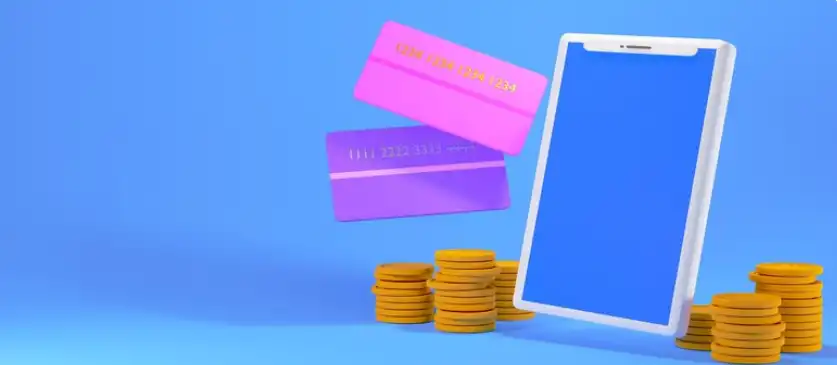
Good design is the first sentence in your book.
The interface a user sees at first glance is the opening sentence in your success story. If it's attractive, understandable, and easy to use, you've earned the first impression, which is the most important. However, if it's complex, slow, or confusing, even with a strong background, the user will leave before discovering the rest of your content.
Start with the user experience before you start coding lines. Make the user's journey within the app a comfortable one, where they know where to start and where to end, without having to ask for help. A simple and clear design doesn't mean superficiality; it means professionalism based on an understanding of user behavior.
Don't rely solely on personal taste. Put yourself in the user's shoes, or more precisely, hire a designer who knows how to appeal to this audience. Colors, fonts, sizes, and even the arrangement of elements all contribute to writing the first paragraph of your success book.
And remember, every screen within the app is a page in this book. Make every page have a purpose, and every click lead to a result. A successful application is not one that impresses the user, but one that makes it easy for them to get what they want quickly and with satisfaction.
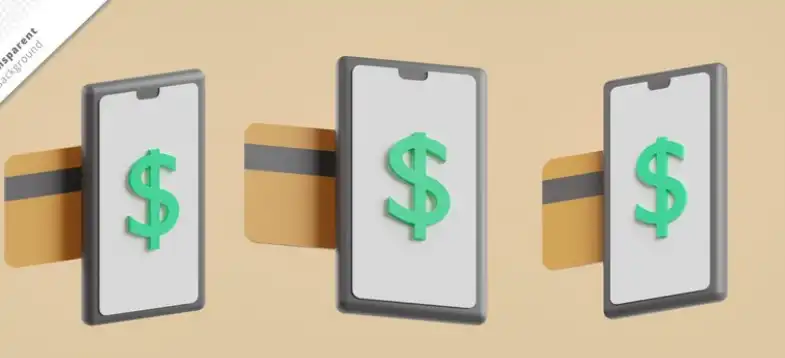
Don't Wait for Perfection, Start with Clarity
One of the biggest mistakes app entrepreneurs make is waiting for the perfect moment. They wait for a perfect design, flawless code, or a fully-fledged marketing plan. The truth is, there is no perfect beginning, but there is a clear and realistic beginning upon which success can be built.
Clarity of purpose is what you should strive for first. What do you want from this app? Is your goal to sell? Facilitate a service? Or engage with the audience? When you define the primary goal, it becomes easier to direct efforts in the right direction, without distraction or complexity.
Start with a preliminary version containing only the most important features. This version isn't final, but it will be your true test with the user. Through it, you'll understand what they like, what they don't need, and what can be developed later. Every user feedback will help you rewrite the next line of your project.
Don't let perfection be a barrier to starting work. Start with something you can confidently deliver, and start developing and improving from there. The most important thing about starting is to be honest and based on realistic understanding, not imaginary expectations.



